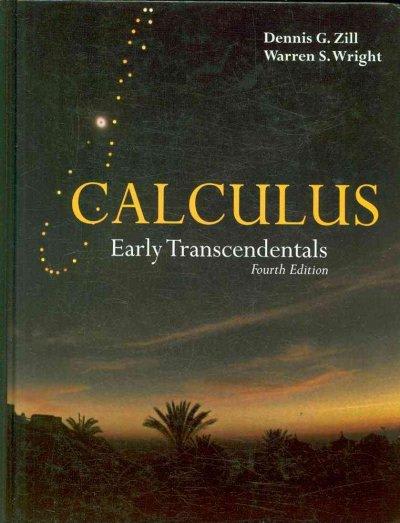Question
Mean 1930.116 Standard Error 558.8155 Median 945 Mode 340 Standard Deviation 3831.046 Sample Variance 14676912 Kurtosis 32.42707 Skewness 5.366171 Range 25365 Minimum 135 Maximum 25500
| Mean | 1930.116 |
| Standard Error | 558.8155 |
| Median | 945 |
| Mode | 340 |
| Standard Deviation | 3831.046 |
| Sample Variance | 14676912 |
| Kurtosis | 32.42707 |
| Skewness | 5.366171 |
| Range | 25365 |
| Minimum | 135 |
| Maximum | 25500 |
| Sum | 90715.45 |
| Count | 47 |
| Confidence Level(90.0%) | 938.0614 |
a) From the Descriptive Statistics table obtained in Task 4, identify five pieces of evidence that indicate whether your sample "Sold Price" data has been obtained from a normally distributed population or not. Draw your conclusion from the evidence. (3 marks) (b) Regardless of your conclusion in above, assume the "Sold Price" population data is normally distributed. Applying the Standard Normal tables, calculate how many "Sold Price" observations in your sample would expect to lie within 1.5 standard deviations of the mean (i.e. between z = -1.5 and z = +1.5). (3 marks) (c) Use the mean and standard deviation from the Descriptive Statistics table of Task 4 to calculate the bound for 1.5 standard deviation spread from the mean. Using the "Sold Price" sample data, manually count the number of observations which falls within the bound. State whether this count matches, approximately, your answer to (b) and hence whether this result confirms (or not) your conclusion in (a). (4 marks) Task 6 (10 marks) (a) Use Excel to produce a Descriptive Statistics table for the "Sold Price" variable in your sample suitable for constructing an interval estimate of the population mean "Sold Price". (2 marks) Hence determine: (i) A point estimate of the mean "Sold Price" of the population of properties. (1 Mark) (ii) A 90% confidence interval estimate of the mean "Sold Price" of the population of properties. (2 marks) (iii) Make a brief verbal statement explaining the meaning of the confidence interval estimate obtained in (ii) in the context of the variable in this task. (3 marks) (b) If the population mean "Sold Price" is actually 1650 ($000s), would you consider the interval estimate obtained in (a), to be satisfactory? Explain why or why not. (2 marks) Task 7 (10 marks) Remember to show all working! Failure to do so will result in the loss of marks. (a) Use Excel to produce a Descriptive Statistics table for the brick veneer properties in your sample suitable for constructing an interval estimate of the population proportion of brick veneer properties. Hence determine: (2 marks) (i) A point estimate of the proportion of brick veneer properties in the population. (1 mark) (ii) A 99% confidence interval estimate of the proportion of brick veneer properties in the population. (1 mark) (b) Using the following formula: (sample statistic) (critical z or t) (standard error of the sample statistic) Use the rule of thumb for good normal approximation (Slide 22 of Seminar 7) for proportion, then the Empirical Rule (Slide 8 of Seminar 5) for a Normal distribution to determine a 95% confidence interval estimate of the proportion of brick veneer properties in the population. (4 marks) (c) Compare, in terms of the precision, the interval manually calculated in (b) with the interval obtained from the Descriptive Statistics table in (a). Explain why the direction of the change in precision is expected
Step by Step Solution
There are 3 Steps involved in it
Step: 1

Get Instant Access to Expert-Tailored Solutions
See step-by-step solutions with expert insights and AI powered tools for academic success
Step: 2

Step: 3

Ace Your Homework with AI
Get the answers you need in no time with our AI-driven, step-by-step assistance
Get Started


